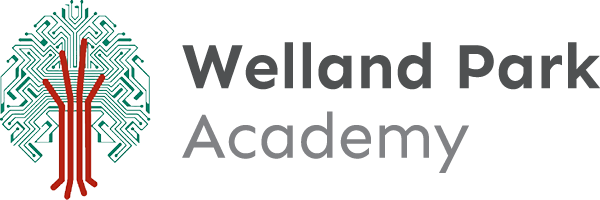Creative iMedia
Creative iMedia is taught in Design at KS3 to develop digital literacy and creative skills, preparing students for modern design practices and future qualifications by combining traditional design with digital media in an engaging, real-world context. The content focuses on digital content creation—such as graphics, video, sound, and web design. These are increasingly essential skills in modern design, communication, and many careers. It provides a foundation for students who may go on to take Creative iMedia at KS4 (GCSE or equivalent), where they explore media production in greater depth. KS3 introduces them to basic tools, workflows, and creative thinking skills they’ll need later. Students are encouraged to think both creatively and technically—skills that are vital across many disciplines and careers. As modern design is not limited to drawing and physical products, Creative iMedia helps students see how real-world designers work, often blending traditional and digital methods. Skills developed through Creative iMedia—such as planning, research, storyboarding, evaluating, and using creative software—are transferable to many other subjects and future job roles.
KS3
In year 7, students will be taught image editing and are tasked with creative digital graphic design products. They will understand the need for basic planning and the purpose of colours. Students will be introduced to different file formats and their properties, how these are used in their editing process. Students will then use Affinity image editing and design software to create their final products.
In year 8, students digital design skills are enhanced further by creating a fully functioning website. Students are introduced to design briefs and how to interpret them using planning documents such as mind maps and wireframe diagrams. They will design and create their own logo and will complete image editing even further, developing their year 7 knowledge. Students will then create a website, that has fully functional navigation buttons and images, allowing them to understand the different processes of how a website works.
In year 9, students are introduced to sound and video editing, using various software to support this. Students will be given design briefs and will need to interpret them alongside deciding a target audience. Planning is consolidated from year 7 and year 8, and further documents are introduced such as storyboards and scripts. Students are encouraged to plan their own videos ready for filming themselves in small groups. They then use video editing software and sound editing software to compile videos to fit the client.
KS4
Creative iMedia students follow the OCR Creative iMedia course. This course equips students with the wide range of knowledge and skills needed to work in the creative digital media sector. They start at pre-production and develop their skills through practical assignments as they create final multimedia products. Creative iMedia is a vocational course that is made up of three units: 2 are assessed by a portfolio of evidence and one externally set examination. During the course, students will have the opportunity to learn about the basics of digital graphics editing for the creative and digital media sector, the different roles involved in the media sectors, the creation of websites along with sound and video editing.
In year 10, the students will complete their first coursework unit on digital graphics, learning industry standard skills and using programs such as Photoshop. Focuses will be on asset editing, using advanced tools and techniques to create engaging digital products based on a detailed client brief. Planning is essential and forms a crucial part of the marking process.
In year 11, students will complete their second coursework unit, creating an interactive digital media product. This could include creating a fully functioning website, an interactive app or a kiosk product. Students are taught to source content legally and are made aware of the different legislations surrounding the media industry. Students will create videos and edit sound as part of their product and will develop their knowledge further, understanding the properties of file formats.
The exam unit will focus on many areas taught within both coursework units, alongside job roles that are within the media sector and how they contribute to the production of digital products. Students need to know the regulating bodies associated with the digital media sector and the legislation regards health and safety, data protection and how content can be used. They will need to have a great understanding of all pre-production documents, their purpose and use, how they are used and their content. Students will be given a scenario within the exam and must refer to this throughout their paper when answering their questions.


